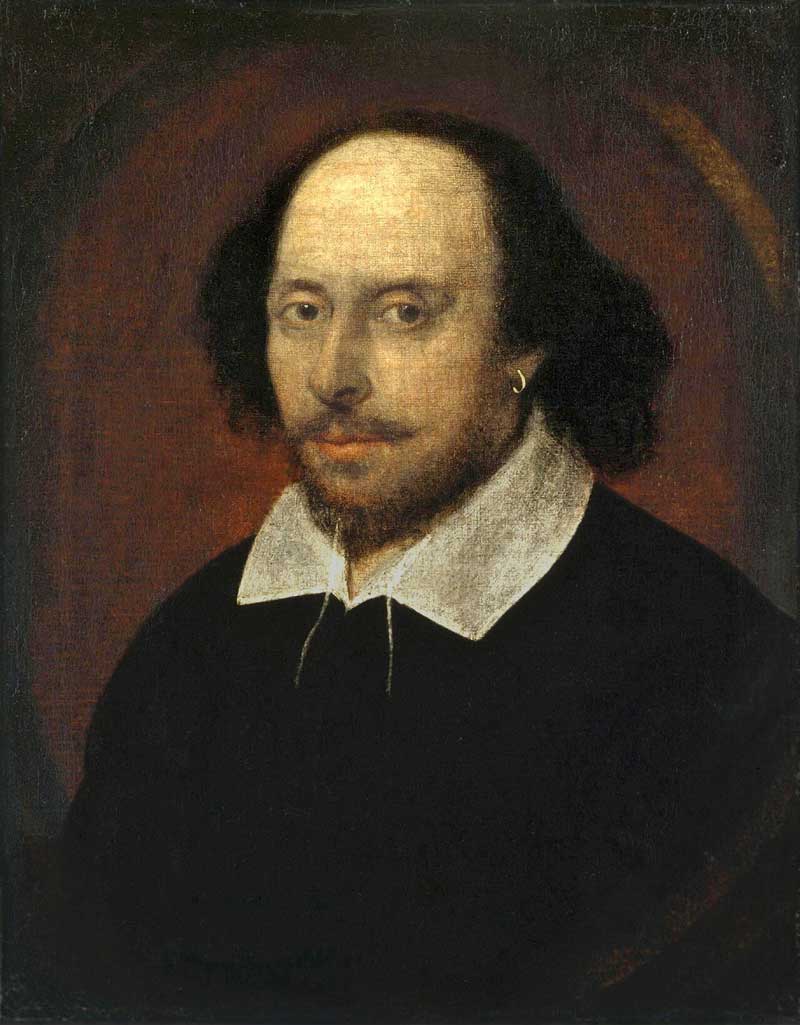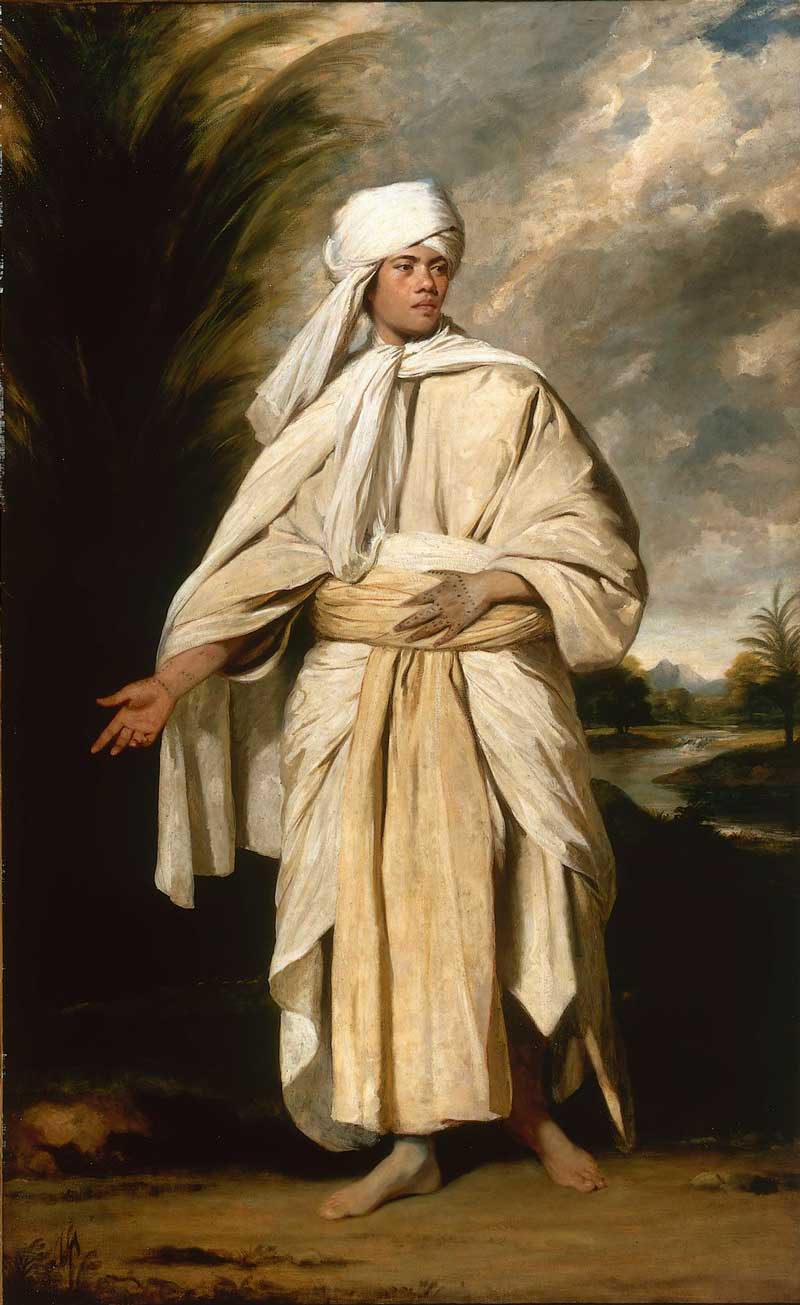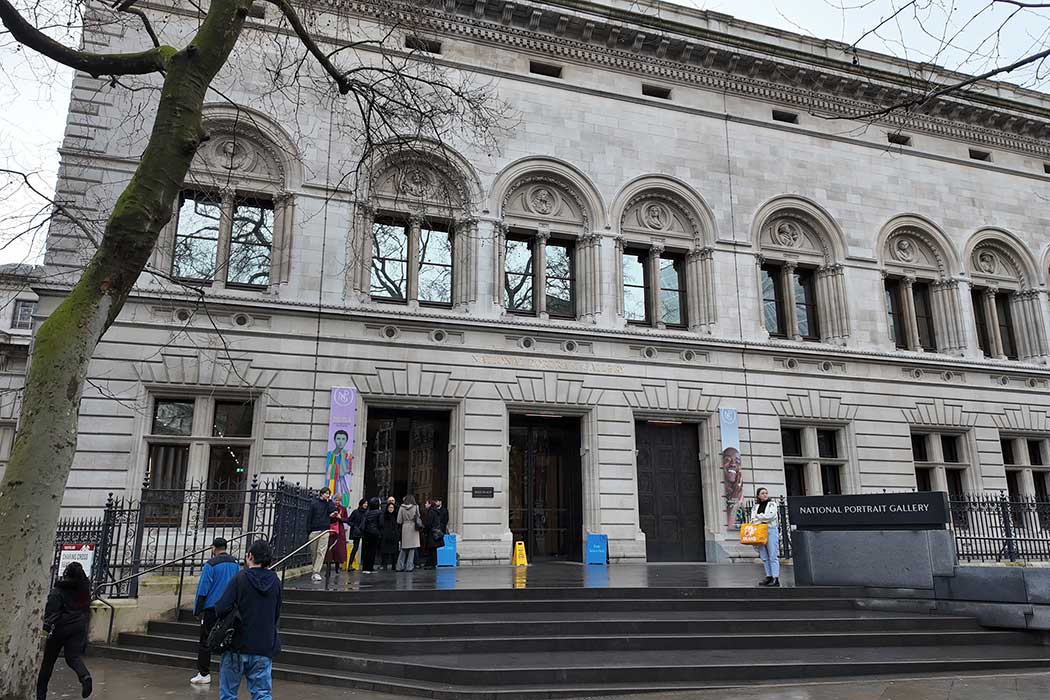The National Portrait Gallery features a large collection of portraits depicting prominent figures from British history. Although the focus is on paintings, the gallery’s collection also includes caricatures, drawings and sculpture.
The gallery has been criticised for focusing more on celebrities who are the subject of the paintings rather than on the painter and in many ways it is like a Madame Tussauds for paintings. This focus carries through when selecting works with the gallery giving priority to the significance of the subject rather than the artist and also to the descriptive labels that focus more on the subject than on the artist. However, this also means that the gallery is more accessible to the average person who may not have a deep understanding of art.
The National Portrait Gallery recently underwent a major redevelopment project where it was closed for three years, reopening on 22 June 2023. The redevelopment project resulted in the creation of a new entrance, a new Learning Centre, an upgrade to the gallery spaces and reopening the gallery’s East Wing (now known as the Weston Wing).
The National Portrait Gallery is a fascinating museum, not so much because of the standard of the artwork on display (not all the pictures are that great) but primarily because the descriptive labels accompanying the artworks give you a concise biography of the interesting lives led by the subjects of the portraits on display. It is a great way to learn about the characters that shaped British history.
What to see at the National Portrait Gallery
The museum’s primary collection features over 11,000 portraits. The museum’s permanent galleries focus on historical and more contemporary portraits and these are complemented by a programme of temporary exhibitions.
The gallery’s most famous portrait is the Chandos portrait, considered the most famous portrait of William Shakespeare.

Another highlight of the gallery’s collection is Sir Joshua Reynolds’ portrait of Mai (Omai), who was a Polynesian visitor to 18th-century England. In 2022 the painting was jointly acquired by both the National Portrait Gallery and the Getty Museum in Los Angeles. The painting will be shared between both institutions and is currently on display at the National Portrait Gallery.

Other works on display include paintings, drawings and photographs of prominent figures of British history from the Tudor period up to the present day. These include plenty of barons, earls and lords as well as royalty and leading names in the arts, industry, politics and science.
Temporary exhibitions at the National Portrait Gallery
In addition to its permanent collection, the National Portrait Gallery hosts a programme of temporary exhibitions. Current and planned exhibitions include:
Six Lives: The Stories of Henry VIII’s Queens
The Six Lives exhibition (until 8 September 2024) juxtaposes Tudor paintings by Hans Holbein the Younger with Hiroshi Sugimoto’s contemporary photography, examining the enduring fascination with the six women who married Henry VIII. This exhibition explores the representation of Katherine of Aragon, Anne Boleyn, Jane Seymour, Anne of Cleves, Katherine Howard and Katherine Parr throughout history and popular culture. Drawing from diverse sources, including paintings, drawings, photography and film, the exhibition offers a nuanced exploration of their lives, legacy and portrayal in popular culture, capturing the evolving narratives that have shaped perceptions of these historical figures.
Herbert Smith Freehills Portrait Award 2024
This exhibition (until 27 October 2024) features contemporary portrait paintings entered into the Herbert Smith Freehills Portrait Award. Open to those aged eighteen and over, the competition has garnered 40,000 entries from over 100 countries since it was established over 40 years ago. Free.
Francis Bacon: Human Presence
This exhibition (10 October 2024–19 January 2025) explores Francis Bacon’s approach to portraiture from the 1950s onwards. It examines his responses to earlier artists, large-scale paintings memorialising lost lovers and works from private and public collections. The display includes self-portraits and portraits of Lucian Freud, Isabel Rawsthorne and lovers Peter Lacy and George Dyer.
Taylor Wessing Photo Portrait Prize
This exhibition (14 November 2024–23 February 2025) showcasing entries in the 17th Taylor Wessing Photo Portrait Prize features contemporary photography from young photographers, amateurs and professionals. The competition features diverse images, from formal portraits to intimate moments with friends and family. The In Focus display will highlight new work by an established photographer and a new piece by 2023 commission prize winner Serena Brown will be unveiled for the Gallery’s Collection.
Visiting the National Portrait Gallery
The National Portrait Gallery is located immediately north of the National Gallery and it is a three-minute walk from both Charing Cross and Leicester Square tube stations. The main entrance is on Ross Place, near where Charing Cross Road and St Martins Place meet.

The gallery is open daily. Admission to the primary collection is free of charge; however, there is a charge to visit most temporary exhibitions.
The National Portrait Gallery is fully wheelchair accessible.
An audio guide is available on the Bloomberg Connects app, which you can download from the App Store or Google Play. It is available in English, French, German, Italian and Spanish. British Sign Language and audio-described versions of the audio tour are also available.
There are a couple of places to eat and drink within the gallery including a fine dining restaurant and a cafe and bar.
Most people spend 2–3 hours visiting the National Portrait Gallery and people with an interest in British history often make several trips to the gallery each time focusing on a specific period or theme from Britain’s history.
We may earn a small commission if you book after clicking the links below.


There are no comments yet.